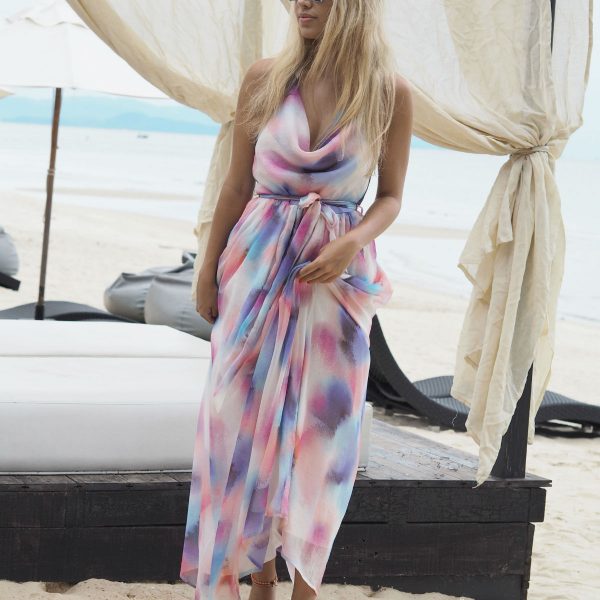Celebs like Rihanna, Kelly Brook and Cara Delevigne are famous for them. The average teenager takes around fourteen a day. Just last week at the Oscars, a selection of Hollywood A-listers documented their night with one. I’m talking about the humble selfie.
Most of us have been taking pictures of ourselves for years. Pre-Facebook was the Myspace revolution- a time when learning to reverse and tilt your digital camera to capture yourself in the right light was a necessary skill. Since then, photography has gone high-tech. The introduction of smartphones not only allowed us to take snaps of ourselves in high-definition but also to customise them with effects, tints and filters. Consequently, photo apps such as Instagram have increased in popularity with fifty five million snaps shared every day and over 150 million monthly users.
It was late last year, however, that this action was given a name- the ‘selfie.’ Even the Oxford Dictionary definition example states that “occasional selfies are acceptable, but posting a new picture of yourself every day isn’t necessary.” So are they a harmless social phenomenon or a self-indulgent obsession?
For some, taking selfies are about seeking self approval or gaining attention. Your boyfriend might not notice that subtle new dip-dye but your instafriends will be clicking the ‘heart’ button soon after you post, and nothing matches the buzz and instant gratification of knowing you look good. In the right light with the right filter, we are able to catch a glimpse of ourselves as we really want to appear. The beauty of modern technology means that no longer do we have to wait for the film to develop- instead, we can simply delete the bad photos of ourselves and share those we like.
For others, selfies tell a story. The old saying maintains that a “picture speaks a thousand words” and in our fast-moving, instantaneous modern world, a simple photo can share a priceless moment. Partying on the beach at sunset, blowing out the candles on a birthday cake or even showing off your new baby to the world. Selfies have become a socially acceptable way to document not only the landmarks in our lives but also those small moments that make us smile.
Is this such a bad thing? Although selfies are in for a bad press, they can also be used in a positive way. Whilst thousands of young people follow the instagram and Twitter pages of celebrities like Kim Kardashian and Miley Cyrus, they also follow their friends, family, colleagues and classmates. In many ways, selfies are a quiet resistance to the perfect images we are used to seeing on the pages of magazines or presented to us on television. Instead of being bombarded with snapshots of perfect A-listers, we appreciate the photo of our best mate in her new hat or a blogger showing off a new lipstick.
Yes, selfies may make us look like a generation of self-obsessives but they also celebrate human life and beauty in all it’s diversity, and that can’t be a bad thing.




